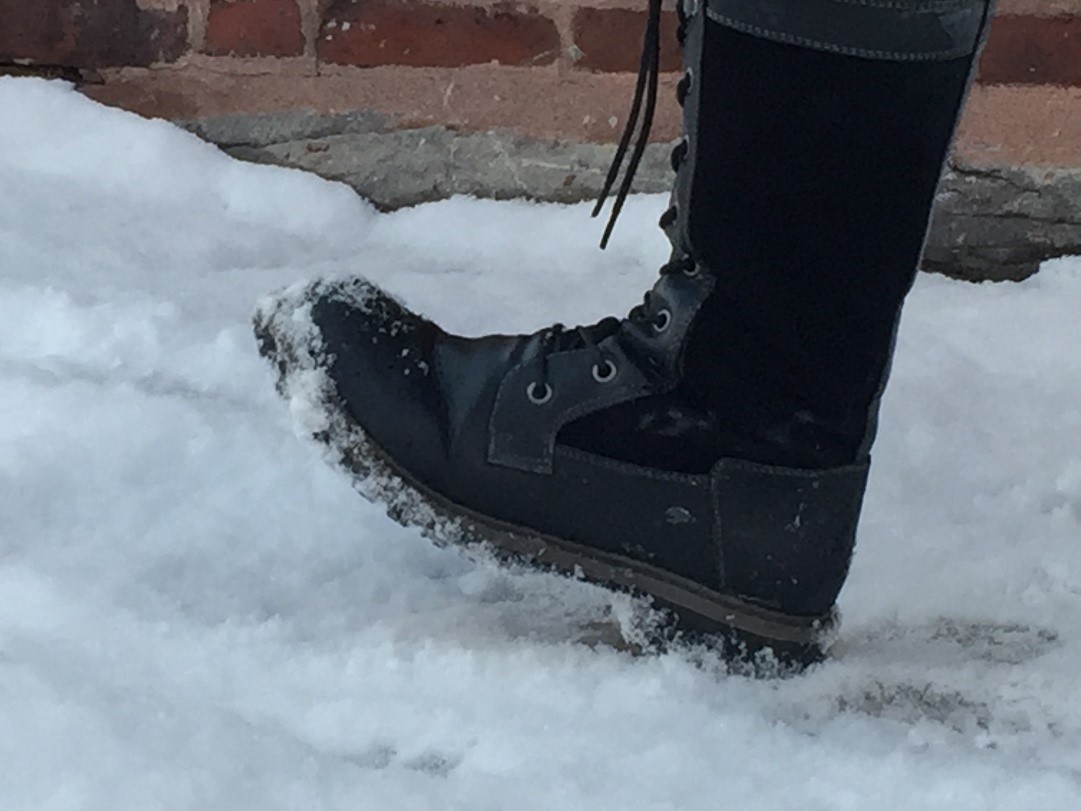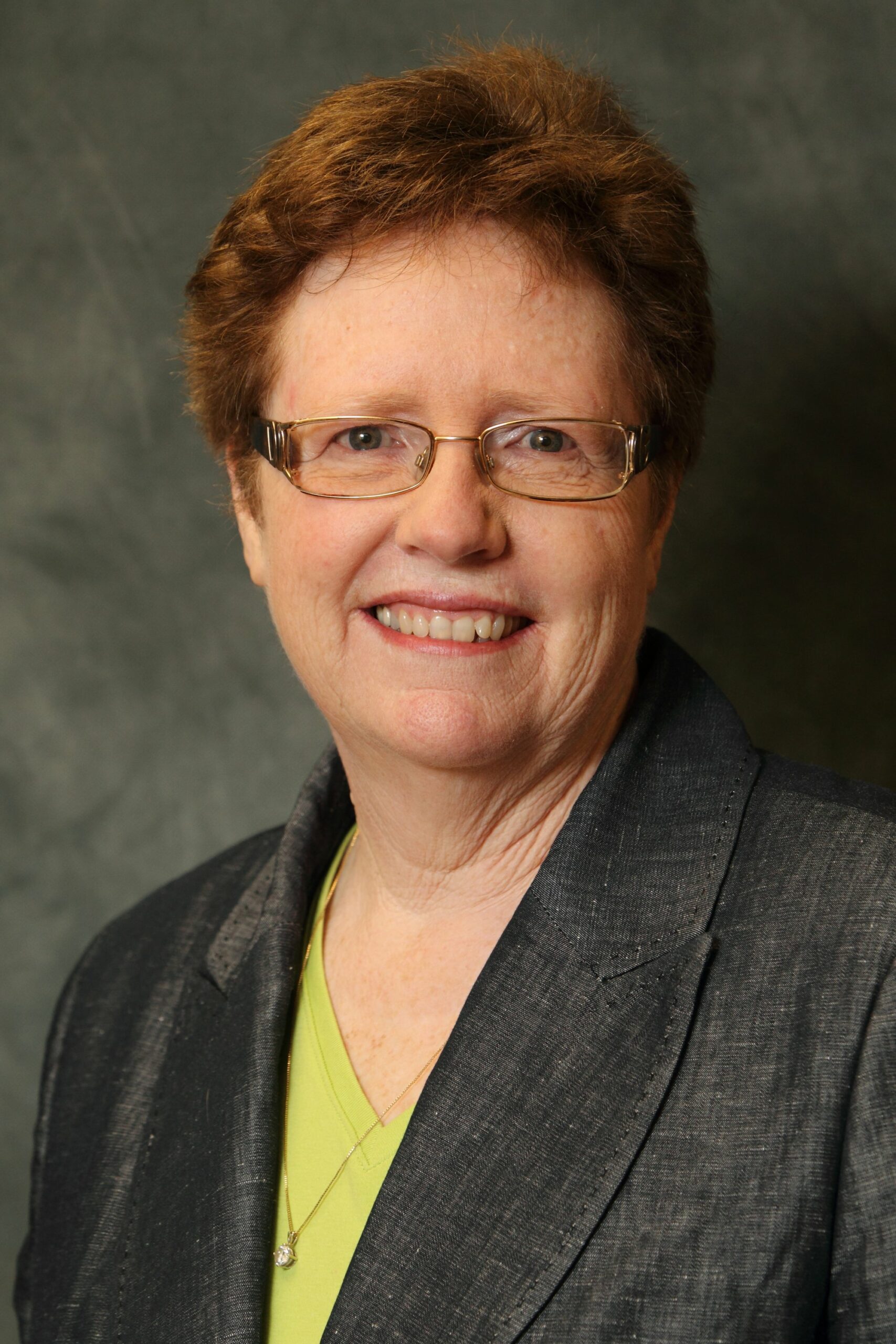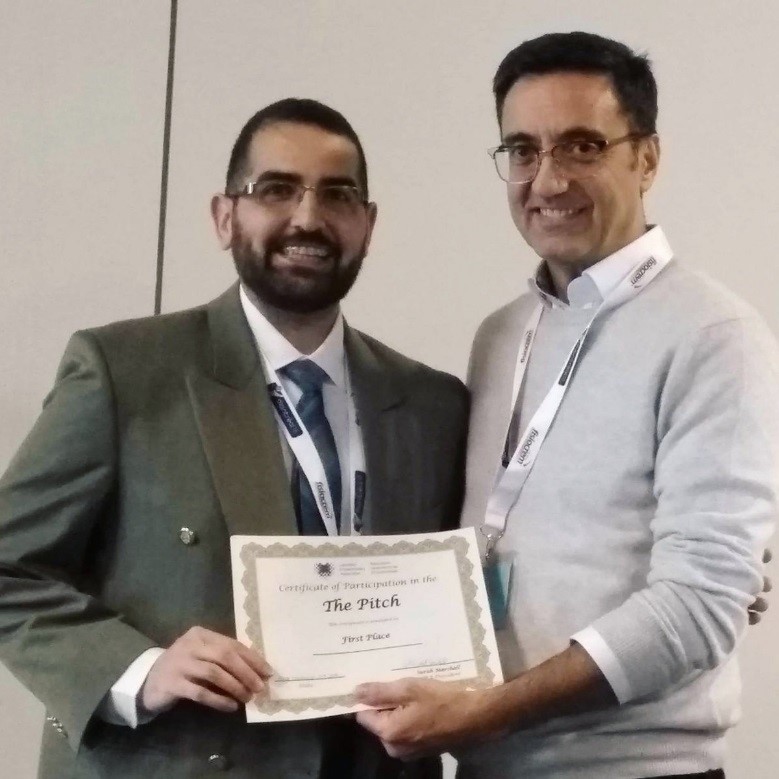
By Monica Slanik, School of Physical and Occupational Therapy Whether you are a person at risk of falls or a concerned caregiver, falling and the consequences of falls are something all people want to prevent. November is Fall Prevention Month, so we caught up with Dr. Nancy Mayo, a James McGill Professor at the McGill University Faculty of Medicine’s School of Physical and Occupational Therapy, and a researcher who has investigated a broad population of at-risk people, and their caregivers.
Whether you are a person at risk of falls or a concerned caregiver, falling and the consequences of falls are something all people want to prevent. November is Fall Prevention Month, so we caught up with Dr. Nancy Mayo, a James McGill Professor at the McGill University Faculty of Medicine’s School of Physical and Occupational Therapy, and a researcher who has investigated a broad population of at-risk people, and their caregivers.
After over 40 years of research in physiotherapy and ambulation, one of her key findings in ambulation is the critical importance of maintaining our natural gait pattern, which is heel-strike followed by toe-off (or “heel-to-toe”), rather than the flat-footed shuffling that we see in people who are less mobile.
According to Dr. Mayo, falls often occur in new circumstances or environments where the different surroundings can be a distraction, preventing a person from paying attention and getting around safely. When people fall in their own homes it is often because they are doing something slightly different or challenging in that instant. Her main piece of advice, as simple as it may seem, is to be present minded, not absent minded, when moving about, even in your own home.
“No matter where you are, always think before moving and do not move without thinking.”
We know that walking is one of the most common and frequently recommended physical activity for seniors. It is meaningful and easy to perform. It allows for exploring in the environment and provides, not only physical activity but also mental stimulation.

One of Dr. Mayo’s current projects, the Walk-Well Toolkit to Increase Health Promoting Walking among Older People, is a self-management tool comprised of: (1) a technology innovation called the Heel2Toe sensor; (2) a video; and (3) a Walk-Well Workbook consisting of self-assessment and specific exercises (mobility, strength, balance) to improve and promote healthful walking in seniors. Based on the principals of knowledge translation, this novel approach to gait training has the potential for engagement and empowerment in seniors and the hope of preventing gait-related injuries such as falls. This self- management kit is expected to be launched in early 2019.
Recently, one of Dr. Mayo’s PhD students, Ahmed Abou-Sharkh, won a Dragon’s Den-themed competition at the 2018 Canadian Physiotherapy Association Congress for funding to produce a new device, which is part of the Walk-Well project. The small device, the Heel2Toe sensor, is installed on the shoe and provides real-time auditory cues to correct stepping, when walking. The objective is to practice healthful walking and maintain or achieve optimal gait (a person’s walking pattern). This will eventually help older Canadians maintain their independence and health using this accessible technology that increases their safety, security and social participation.
Dr. Mayo’s research group focuses on function, disability and quality of life in Canada’s vulnerable populations. She has led research projects in Multiple Sclerosis, cancer, seniors’ health, stroke, hip fracture and HIV and most recently is focusing on the ageing populations and providing them the knowledge and tools to self-manage their conditions and facilitate healthy and safe aging.
November 22, 2018
